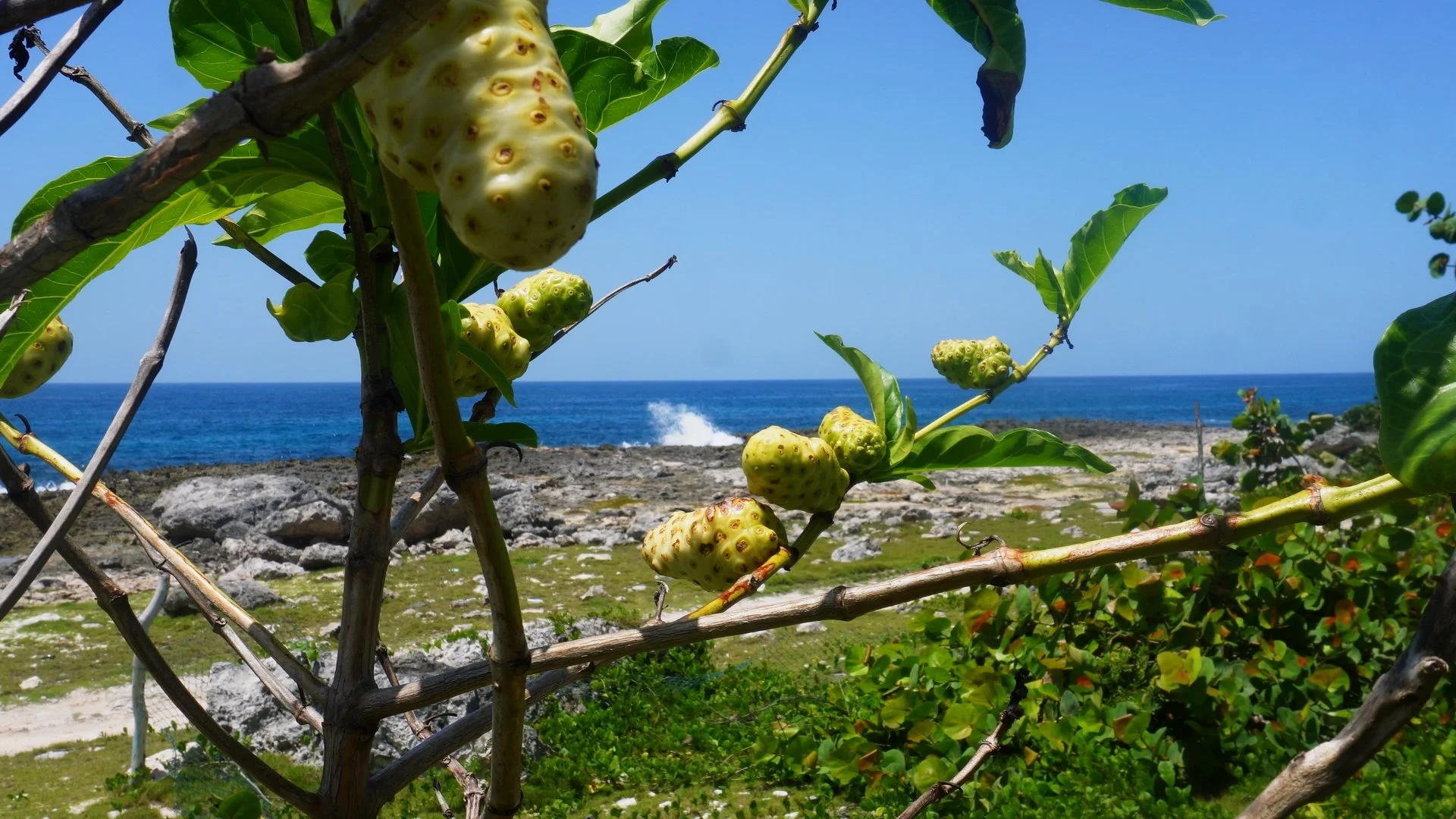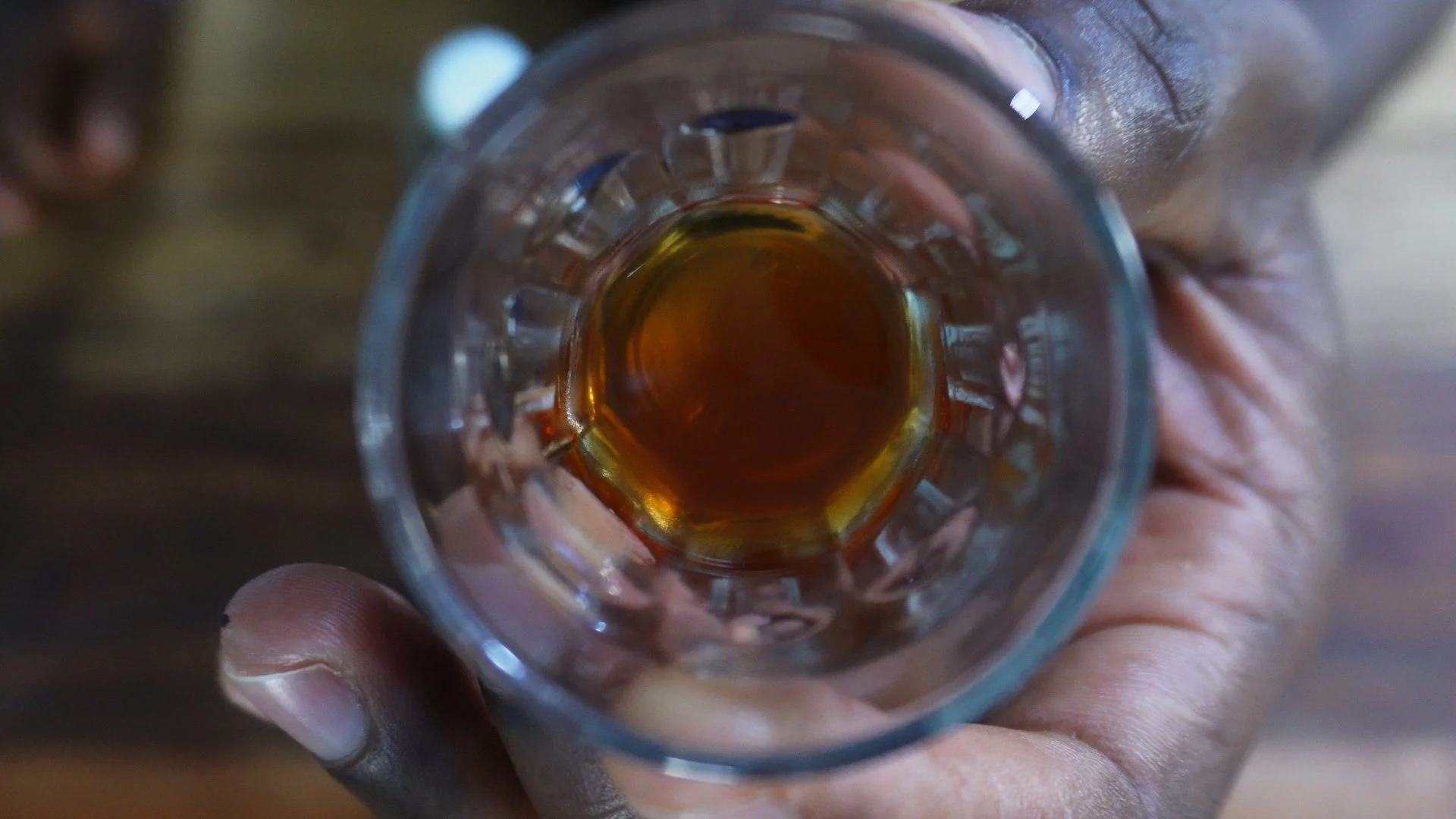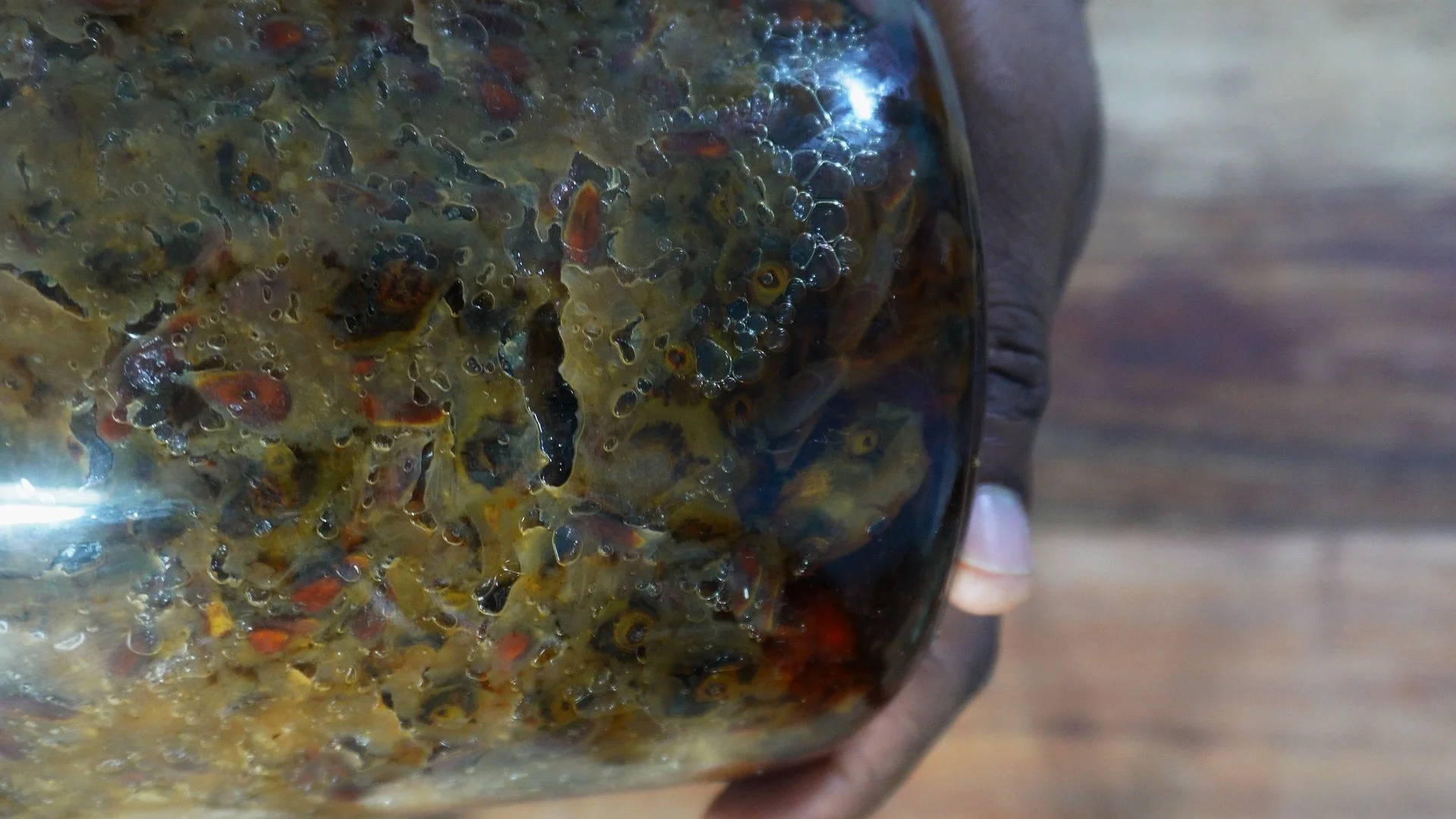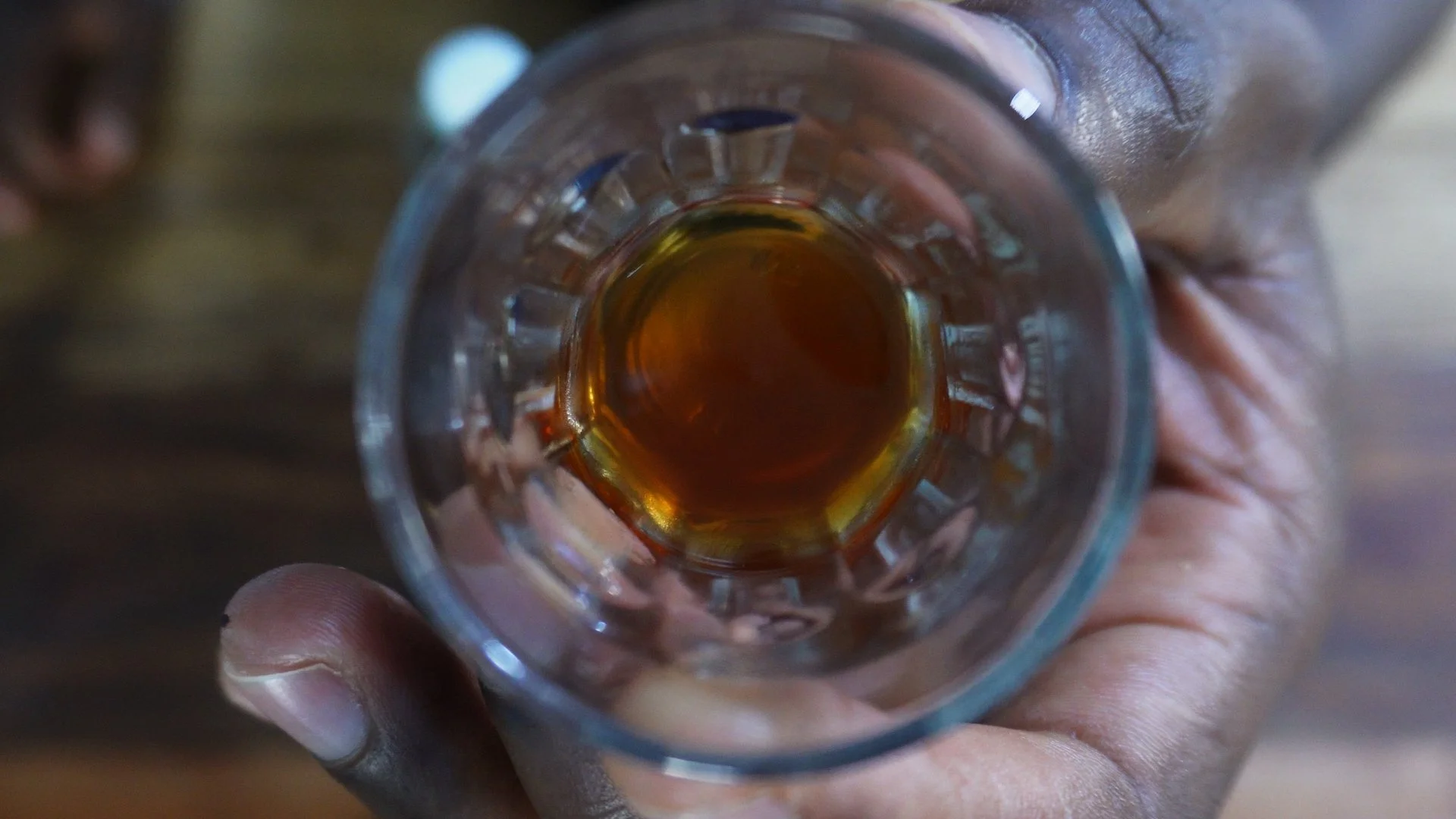The Worst Thing I’ve Ever Made… People Drink It on Purpose
This is Noni…the fruit that smells like vomit, tastes even worse, and yet people drink it on purpose.
Some even say it can cure almost anything.
Today, I’m going to show you how I ferment it… and maybe convince you to try it.
What is Noni (Morinda citrifolia)?
Noni is a tropical tree in the coffee family that grows throughout the Caribbean and South America, though it originally came from Southeast Asia.
It goes by many names: duppy soursop, starvation fruit, dog dumpling, vomit fruit — none of which sound very appetizing.
Brought to Jamaica during colonial times, noni quickly adapted. These trees are tough:
Thrive in poor soil and sandy coasts
Tolerate salt spray and high salinity
Grow where most other trees struggle
Traditionally in Jamaica, noni has been used in many ways:
Leaves: head wraps for headaches, poultices for wounds and joint pain
Bark & roots: ingredients in Jamaican “roots” tonics
Fruit: fermented into tonics
The fruit itself is oval and potato-sized. It starts green, turns yellow-white, then becomes translucent when ripe. Because it’s a compound fruit (many small fruits fused together), its surface is lumpy and ridged.
And then there’s the smell — often described as a mix of strong cheese, overripe fruit, and… vomit. The flavor is just as bad.
Noni: Myth vs Reality
In many cultures, noni is treated as a cure-all: cancer, aging, weight loss — you name it.
But here’s the truth:
Most miracle claims aren’t proven
Some benefits are backed by science
✅ Antioxidant-rich
✅ Anti-inflammatory effects
✅ Supports immune health
✅ May ease arthritis, joint pain, and muscle aches
Studies (including from the University of Hawaii) show noni can support wellness and reduce inflammation — but it’s not a replacement for medical treatment.
⚠️ Important: Noni is high in potassium and may interact with medications (like blood pressure or blood-thinners). If you have kidney issues or are on meds, consult your doctor before trying it.
How to Ferment Noni
One of the most popular ways to consume noni is through fermentation. Here’s how it’s traditionally and practically done:
Step 1: Clean the Fruit
Pick the most mature fruit (yellow to whitish).
Wash with 4 parts water + 1 part vinegar.
Scrub gently, then dry fully.
Step 2: Traditional Jamaican Bag Method
Place noni in a plastic bag, tie it off, poke small holes.
Place that bag inside another bag.
Hang or leave it to drip — juice collects in the outer bag over days/weeks.
Step 3: Modern Jar Method
Chop ripe noni into a glass jar.
Mash it down with a spoon.
Clean jar rim with vinegar.
Use a bag of water as a weight to keep fruit submerged.
Cover and leave to ferment 2–6 weeks (longer = stronger taste).
Tip: Clean spigots/lids with vinegar to prevent contamination.
Step 4: Pasteurization (Optional)
Heat juice to 70–75°C (158–167°F) for 15–30 minutes.
Do not boil.
Bottle while hot, then cool and refrigerate.
Pasteurizing improves safety and shelf life, but kills probiotics.
Drinking Noni Juice
Traditionally, noni is taken:
1–2 tablespoons daily on an empty stomach for general health
During colds, coughs, headaches, or when illness starts
The taste is always strong, but can be softened with:
Water
Honey or syrup
Fruit juices (pineapple works great)
Some people also blend noni juice with ginger bug soda to add fizz and probiotics.
Wrapping Up
Noni is:
A tough tropical fruit with a legendary stink
Packed with antioxidants and immune support
Traditionally used as a tonic in Jamaica and across the tropics
It may smell awful and taste worse, but it remains a powerful traditional medicine.
Like with all remedies:
Dosage matters
Check for side effects & interactions
Talk to your doctor if you’re unsure
I’m Nick — thanks for diving into this wild ferment with me. It wasn’t delicious, but it was worth the experience.










